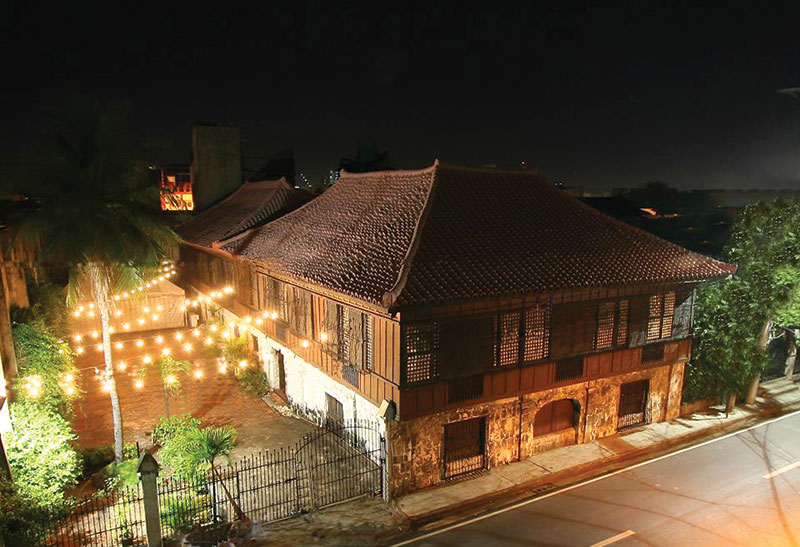Casa Gorordo Museum is declared as a historical landmark of the nation featuring a glimpse of Spanish colonialism. Located in Lopez Jaena Street, the museum is a two storey bahay na bato colonial house - a typical Filipino home in the 19th century that houses many old and ancient artifact collections reflecting the lifestyle of Cebuanos during the period from 1860s to 1920s. Built in 1850, Casa Gorordo was originally owned by Alejandro Reynes Y Rosales. In 1863, it was bought by Juan Isidro Gorordo, a Spanish merchant. Since then, four generations of the Gorordo family, one of the wealthy clans in the city, have stayed in this home until 1979. The place then was well known as the home of the first Filipino Archbishop of Cebu, Juan Gorordo and it is from him that the museum takes its name. It was acquired by the Ramon Aboitiz Foundation, Inc. (RAFI) in 1980, the home was converted into a museum and was declared by the National Historical Institute Board as a historical landmark in 1991.
Attraction & Features:
Two-storey Spanish colonial house made from wood and stone.
Interior features a molave floor and a roof made of terra cotta tiles.
Gallery for modern-day art exhibits, ceramics, pottery, and cultural activities.
Cafe and museum shop offering exclusive Casa Museum-branded souvenir items.
Artifact collections, furniture, period costumes, paintings, religious relics, household items.
Virtual experience enhancements, including films in the mini-theater, interactive exhibits, and a 3D virtual map showcasing Cebu's history.
